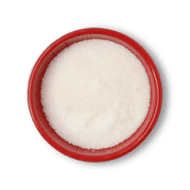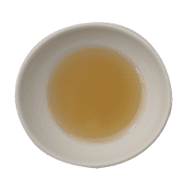
How to Make Kimchi


Kimchi can be defined as the essence of a Korean kitchen. Korean cuisine is an example of a fluid and dynamic cuisine. Constantly taking inspiration from its ancient cookbooks and relying on technologies, Korean cuisine has made a name for itself. With a perfect balance in nutrition and flavour, this cuisine has a huge fan base around the world. When we talk about the age-old recipe of kimchi, the ... Korean ancestral heritage is awoken. This age-old ingredient in Korean cuisine has come a long way from its origin. It is a beloved ingredient that gives you a taste of just the right amount of spices and condiments. A mainstay on the Korean dinner table, kimchi has made its way into the hearts of Korean cuisine lovers around the world. Kimchi has several exquisite flavours that float around your mouth on the first bite. The epitome of the yin and yang philosophy, each of these flavours strike a balance to give you the perfect taste. This fermented food has five essential flavours (sour, bitter, salty, sweet, and spicy). This culinary masterpiece is infused in garlic, chillies, and ginger. Kimchi recipes are a hit or a miss owing to the balance of these flavours. The right texture and taste make kimchi the best appetizer in terms of nutrition as well as taste. There are cabbages as well as carrot recipes for kimchi, each with their ground-breaking tastes. Served as a main dish as well as a side to flavoured rice, noodles, and soup, kimchi has been in the good books of flavour for a very long time.
Ingredients
Dry Grocery

Salt
1 teaspoon

Synthetic/white Vinegar
2 teaspoons

Jaggery
2 teaspoons

Sesame White (til)
0.5 teaspoons

Dark Soy Sauce
1 tablespoon

Sesame Oil
1 teaspoon
Fruits & Vegetables

Carrot-regular
100 g

Spring Onion
5 g
Other

Red Chillies
8 units

Green Cabbage
200 g
Success!
We hope you had fun making it! Enjoy the meal.


